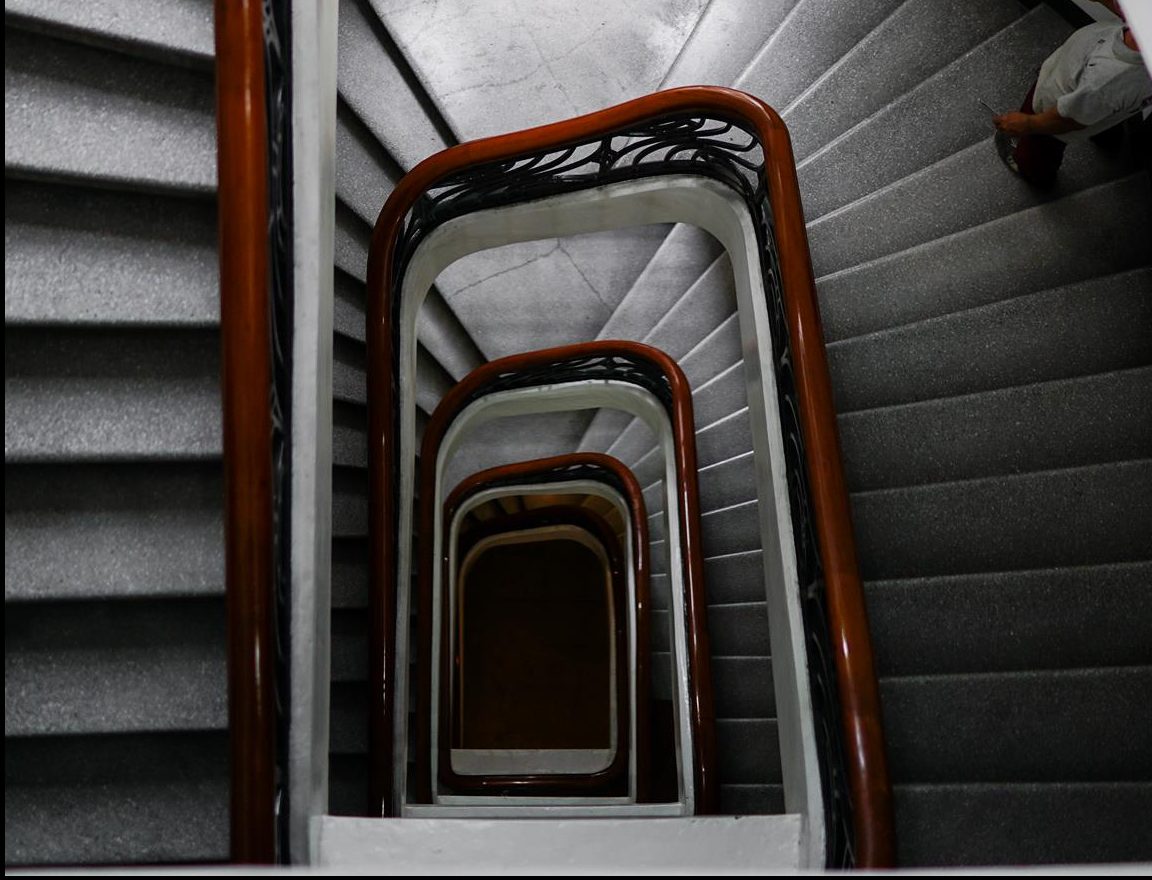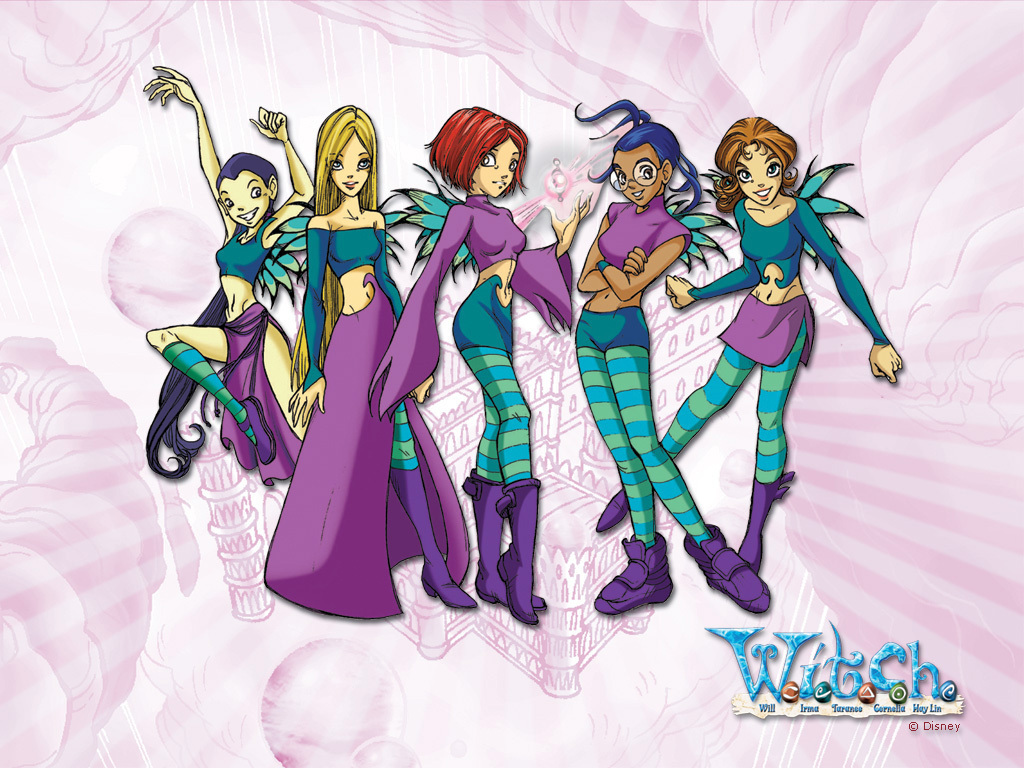2019 is arguably the age of progressive youth. More and more people are standing up to oppression—and rightfully so. Maybe in the age of social media, when people can amplify their voices a thousandfold at the click of a button, people are finally empowered to share their truths. Truths that reveal discrimination is still very much real. At least now, oppression cannot remain unseen anymore. Ignorance cannot become an excuse.
Read more: #LoveVersesHate uses the Bible to spread love to the LGBTQ+ community
In the wake of Pride Month when LGBTQ+ individuals proudly represent the community and tell stories that need to be heard on mainstream media, we are long past generating awareness for the issues that the community faces. What we can now work on is further understanding them. Where does division come from? Who are the institutions that perpetuate oppression? What can we do to break free?
Truths that reveal discrimination is still very much real. At least now, oppression cannot remain unseen anymore.
The first step is always to understand. On Jun. 15, San Mig Light brought together five personalities for a #MahabahabangUsapan session to understand the difference between tolerance and acceptance. Yes, the community is more visible than ever now. But is it for the right reasons? You can check out the entire conversation below. But in case you want a quick lowdown, here are our favorite lessons from the much-needed sit-down session.
Ohana means family, right?
“What is the definition of acceptance and tolerance?” asks Naomi Fontanos, executive director of Gender and Development Advocates (GANDA) Filipinas and this session’s panel moderator.
With the topic of acceptance, the session started off with talk of family. Family is made up of the people who brought you into this world, who you share your life with, the ones who are supposed to love you unconditionally and accept you for who you are. The word ‘family’ should already be synonymous with acceptance, right? Well, it’s not always easy.
For young LGBTQ+ activist Noelle Capili, her parents have learned to accept her, but it was a rocky path in the beginning. “Yung dad ko, lumaki kasi akong kasama siya, so feeling ko sinisisi niya sarili niya kung bakit ako naging pansexual,” she says about her coming out story. With coming out stories in the family, the generational gap between parent and child seems to always come into play.
Read more: For queer couples, holding hands in public is still a privilege
LGBTQ+ children’s book author and professor Bernadette Neri then adds that acceptance must cut across generations. How can we make the two perspectives meet? In a recounting of her own coming out story, she shares how her experience required understanding from both sides. “Yun din ang isang paraan ng pagtanggap, na willing akong pakawalan ‘yung mga nakasanayan ko at tanggapin na magkaiba tayo ng panahon,” she says about her mother who accepted her orientation. “Siyempre nangyayari din dapat ‘yun sa panig nating LGBT na kailangan kinikilala din natin na may limitasyon ang kanilang panahon, kaya wag sana tayong maging masyadong antagonistic.” True acceptance means there’s always room for understanding on both sides.
Gender equality is lacking in the business end
The difference between acceptance and tolerance is also palpable in the workplace. Do you have that one workmate who knows about your orientation but then barely acknowledges you? One who shies away from, or outright avoids, talks of political issues concerning the community? That might be their bare-minimum tolerance showing. But a workmate who is a true ally, one who treats you like an equal and wishes your professional endeavors the best? That’s acceptance.
LGBT Chamber of Commerce founder and chairperson Brian Tenorio shares unmistakable statistical evidence of a lack of gender equality in the workplace. According to a survey that the Chamber conducted last year with a hundred companies in the Philippines, only 17 percent had gender equality policies in place. The sad part is that out of those companies, none were even Filipino-owned. What does this say about our country?
Read more: Watch 10 LGBTQ+ films where nobody dies
Brian then goes on to say that employees who are supported by their workplace to be the best versions of themselves prove to be good for business (If that’s how you’d like to think about it). An accepting and supportive workplace can attract the best talent, and discrimination, as Naomi then points out, is definitely bad for business.
The Philippines has a long way to go for acceptance
So what does tolerance look like on a national level? One example would be that many gay personalities in media are revered but are often put in the spotlight mostly for entertainment purposes. When it comes to matters of life and death like legal protection of the community, however, the fanfare is nowhere to be found.
Bernadette points out that the lack of local laws protecting the LGBTQ+ community is glaring proof that, despite ranking 10th in countries that are gay-friendly, the Philippines still has much to do. She also shares about her difficult experience of trying to get her children’s book Ang Ikaklit Sa Aming Hardin, which is about a family with two mothers, published. After approaching major publishers back in 2006, the book was declined because the publishers deemed the Filipino audience not ready for such content. She then saved up enough money for six years to self-publish, and now the book is being used in a number of schools.
Read more: What’s the right pronoun for LGBTQ+ people?
Naomi also talks about how the LGBTQ+ community only has pockets of safe spaces in the country. She feels safe within the confines of her home and family, for example, but once she steps outside of that, she becomes prone to discrimination. Noelle also shared instances of being approached by strangers on the street to be told, “Lalaki lang katapat mo.” Rude, right? True acceptance in our society should mean that the community does not have to seek shelter in designated safe spaces. Instead, everywhere they go and whoever they meet should be without fear of danger.
TL;DR: LGBTQ+ rights are human rights
So how do we move forward with the goal of acceptance in mind? It’s simple. Let people know that LGBTQ+ people are humans, too.
Naomi recounts a lesson from her college professor, Niel Garcia, about how letting non-LGBTQ+ “choose” to tolerate or accept the community means giving them more power over the community than they should have. The community and its allies must instead fight for equal treatment, not just tolerance or acceptance.
Read more: You can now get this HIV prevention pill in the PH
So what can the community do to further the cause? The speakers talk about how being open to educate anyone and everyone who is willing to listen is a small step in encouraging a more accepting society. Supporting bills like the Anti-Discrimination Bill and the SOGIE Bill can also contribute groundbreaking milestones for the community on a national level.
Allies can also do the same. Our reigning Miss Universe and proud ally Catriona Gray talks about how we can start within our own circles by standing with the community. Allies should inform themselves about the plight of the community and work towards informing people around them, which will in turn create a ripple effect. You don’t have to write a law or lead or giant protest from the get-go. Small acts matter.
Even though June is ending, we can’t let the country forget about the queer community. Acceptance means supporting our queer brothers, sisters, and everyone in between, all year round. Now we hope to see you out there with your friends (grabbing a beer perhaps?) and passing these lessons on.
IN PARTNERSHIP WITH SAN MIG LIGHT
Photo by Mercedes Mehling on Unsplash
























Comments